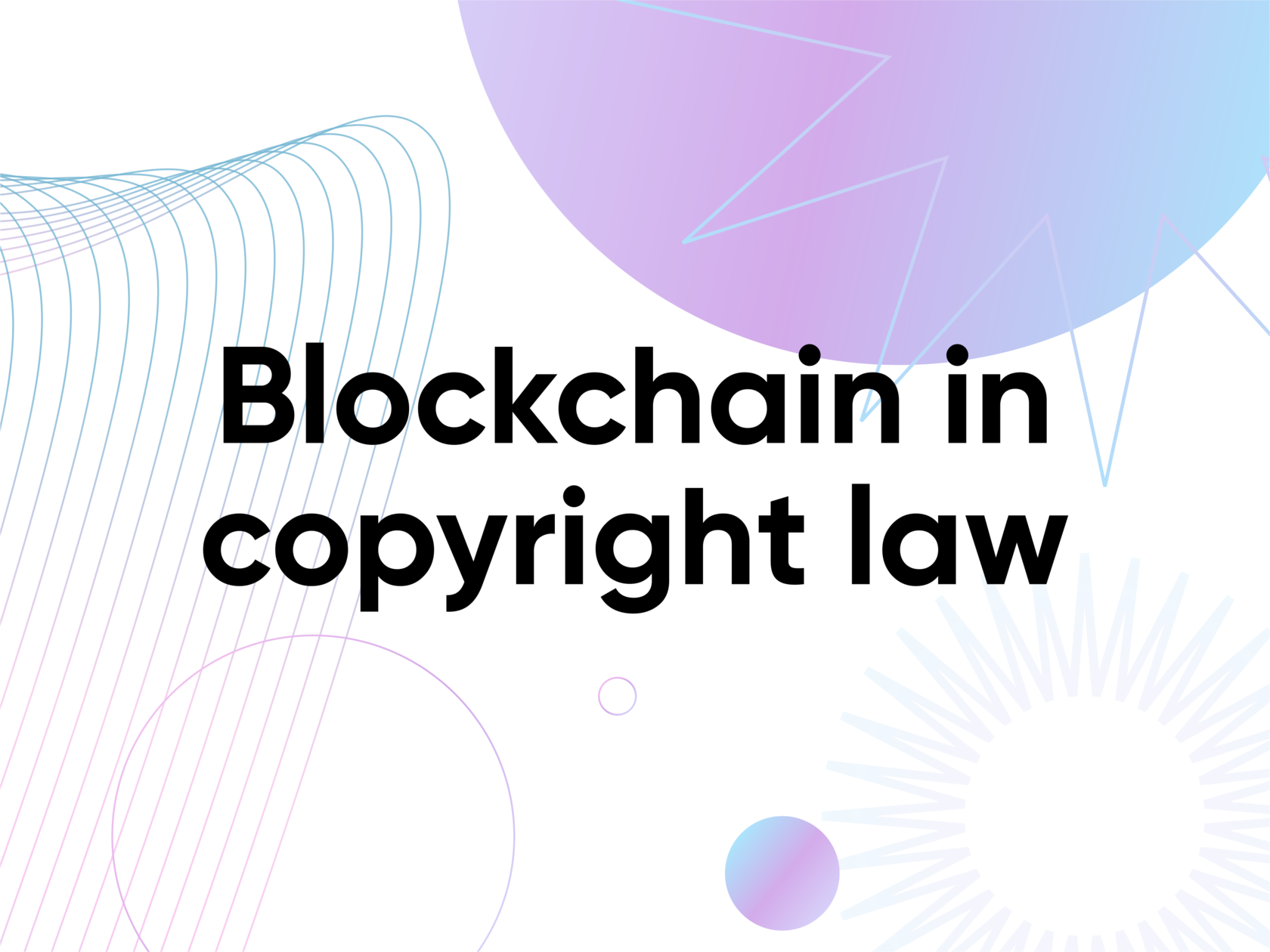With the help of Internet technology, attackers are able to steal any digital file. Existing methods of combating hackers are expensive and ineffective. Blockchain in copyright can solve the problem.
Copyright occurs when an object is created and is protected globally. It does not need to be listed in a registry or list in a particular country to validate it.
The basic rules of copyright are governed by the provisions of the Berne Convention for the Protection of Literary and Artistic Works. The document was adopted in Switzerland in 1886. Many countries around the world recognize its basic principles:
- National treatment. The protection of an object created in another country should be no less strict in each state than it is established for its own works.
- Independence. An object has the same security rights enforceable in all states, not just the country of origin.
- Automation. A formal approach is forbidden. Security must include all means and methods.
Smart contracts
Distributed ledger technology (DLT) has expanded the ability to protect intellectual property. The smart contract allows copyright and blockchain storage and the collection of royalties. It allows creators of music, literary and other works to get paid for their work. They don't have to pay commissions to intermediaries. A smart contract automates the processes associated with the subject property:
- Licensing
- Pledging
- Alienation
- Transfer
- Receipt of consideration or royalties
A smart contract would protect against "double spending" when fraudsters try to sell one item more than once. But there are problems in using distributed registries to protect authorship:
- Lack of legal status for the technology
- Different approaches to regulation from state to state
- Lack of jurisprudence
Copyright protection with blockchain
The use of a decentralized registry is an alternative to traditional methods of intellectual property validation. The advantages of blockchain are the absence of a regulatory organization and low cost.
The principle behind decentralized platforms:
- An object is digitized
- The file goes through a hashing procedure
- The result of the operation is entered into the system
- During verification, the hashing procedure is performed again
- The results of the operation are compared with the benchmark
- Matching hash data means that the checked sample matches
Fixing the fact that a writer, musician, or programmer created a work is only half the solution. It is necessary to control its application, monitor the sale or transfer to other users, payment of remuneration and royalties.
Digital rights management (DRM) is software or hardware systems. They are used to restrict actions with the object up to complete prohibition. DRM can also track an attempt to copy or change digital information.
Technical means of data protection are used by many well-known companies, e.g:
- 1С
- Sony
- Amazon
- Apple
- Microsoft and others
DRM technology protects the rights of owners or authors and does not allow copying, modifying, or translation into other formats of any information. However, the system has disadvantages:
- The software part makes it difficult for PCs to work
- Incompatibility between different systems
- The implementation of the DRM system requires costs
These difficulties are solved with the help of Blockchain. You can create multiple copies with different access: to copy, play, record, and distribute. Blockchain will help to control and fix violations. It is also convenient to check the authenticity of a product or its legality in the country.
To sum up
Blockchain is an effective mechanism for controlling access to objects of law. A number of issues need to be solved for its application:
- Create a unified legislative framework for regulation at the international level.
- Define the state's role in interfering with the platforms.
- Ensure information privacy and data security.
- Establish norms for the use of smart contracts.
